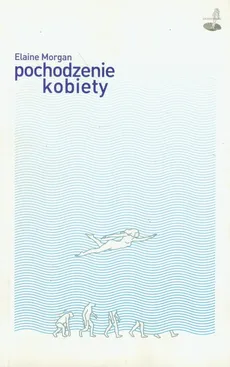

2002) and the proposed degree of selection arising from moving through water. There are interpretations which propose fresh-water habitats (Ellis 1993), variations in the timescale ( Verhaegen et al.

The theory, often referred to simply as AAT, has been poorly received in mainstream paleoanthropology.ĪAT states that human ancestors evolved in warm and wet environments and gathered much of their food from shallow sea-, lake- or riverside environments through beach-combing, wading and diving for foods such as coconuts, bird's eggs, turtles, shell- and crayfish, part of reeds, papyrus and other aquatic plants. The aquatic ape hypothesis (sometimes called the aquatic ape theory) proposes that the ancestors of humans went through one or more periods of time living in a semi-aquatic setting and that this history accounts for many of the characteristics of species in the Homo genus that are not seen in other primates, such as chimpanzees, gorillas and orangutans.


 0 kommentar(er)
0 kommentar(er)
